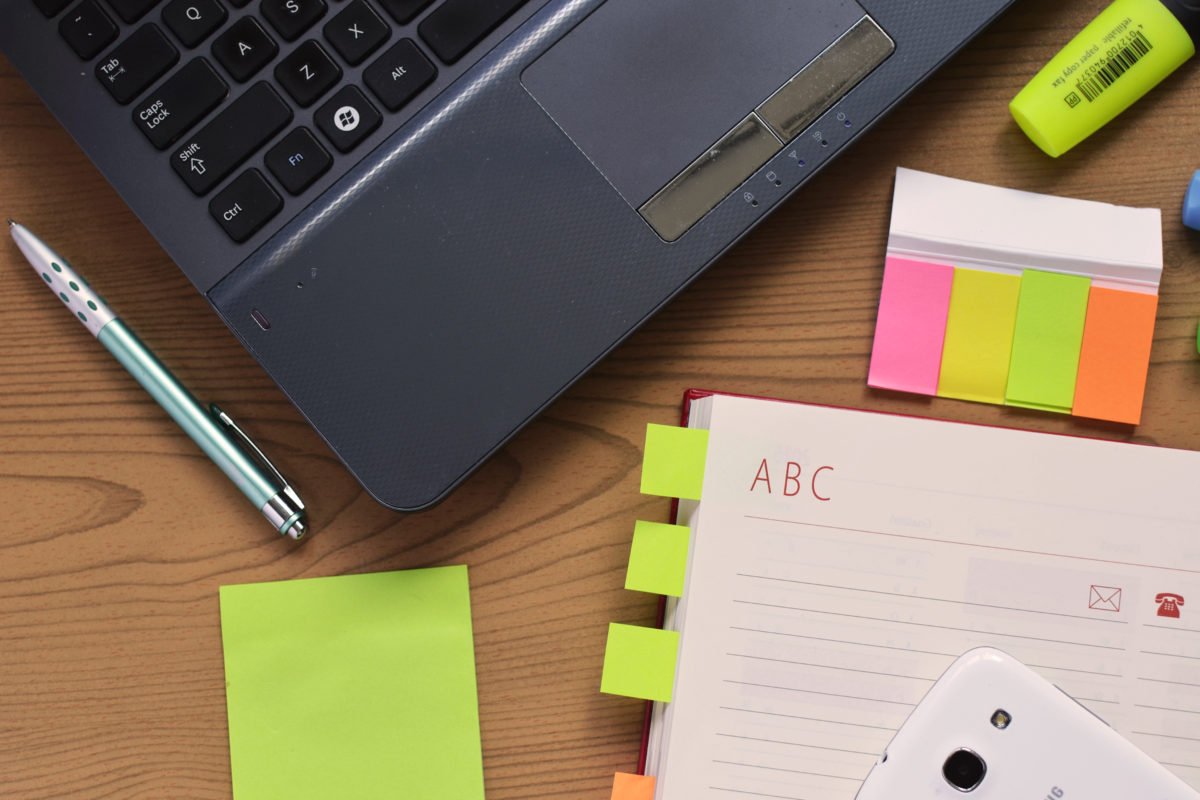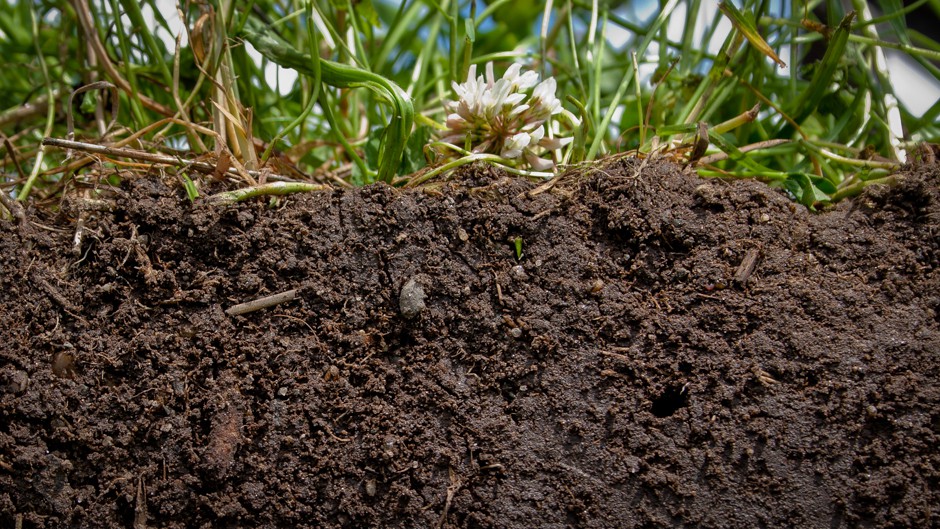 This spring, Caroline Cox joins the GreenBlue team as a project associate focused on the How2Recycle program. Caroline comes to GreenBlue from the Hampton Roads, VA area. Learn more about Caroline in the interview below.
This spring, Caroline Cox joins the GreenBlue team as a project associate focused on the How2Recycle program. Caroline comes to GreenBlue from the Hampton Roads, VA area. Learn more about Caroline in the interview below.
Tell us about your background.
As a born and raised Charlottesvillian, I grew up admiring the rolling hills of the Blue Ridge that surrounded me. Being surrounded by that natural beauty peaked my curiosity and respect for our local ecological resources.. Some of my favorite memories include hiking the Appalachian Trails with college friends, spending lazy summer days at the Blue Hole waterfalls, and tubing on the James River.
In college, I felt the need to satiate several curiosities at once, so I studied psychology and environmental studies at Christopher Newport University, in Virginia. Here, I tried my best to take advantage of many of the opportunities provided to me by being involved with the campus’ sustainability club, studying abroad, and interning on a sustainable farm. I’m currently working on my graduate degree in Natural Resources through which I will be traveling to China in October to study industrialization as it relates to both environmental threats and sustainability. I’m curious and excited to see what lays ahead and couldn’t be more thrilled to start this chapter at Greenblue!
What inspired you to work in the sustainability field?
When I was a senior in high school I signed up for an an environmental science class because I heard it was an “easy A”. Unfortunately, it was much more difficult than I was lead to believe. Fortunately, through this class I was able to explore new interests and foster my passion. That class opened my eyes to the course I wanted my life to follow. From that moment on, I decided I was going to do whatever I could to be a respectful steward of the environment. I’ve committed myself to a career that aims to promote sustainability and resilience within our communities and environment. We live in one insanely beautiful and complex planet and I try to tread as lightly as possible.
What is the one thing you would like people to know that you do in your personal life to further sustainability?
I choose to not eat meat because of its frightening carbon footprint. By being a vegetarian I am not contributing to the industry that produces more greenhouse gasses than all of the cars, planes, trains, and boats combined (!). I also take a plastic bag to pick up trash while I walk my dogs. One thing an education in the environmental field has taught me is that little behavior patterns can have a significant impact!
Favorite outdoor activity
Retreating back to childhood by climbing trees. Also, running through a grassy field with a trail of pigs stampeding behind you is an incredibly therapeutic experience.
Happiness is….
Within you. One of my favorite quotes is “live less out of habit and more out of intent.” It’s easy to aimlessly search for external stimuli that we expect to fulfill us, but that will never truly bring us happiness. By being patient, honest, humble, forgiving, and appreciative happiness is sure to follow. It’s something I’m challenged with constantly, but I believe it’s possible.






 This spring, Elizabeth Ritch joins the GreenBlue team as a project associate focused on the CleanGredients program. Elizabeth comes to GreenBlue from Ramboll Environ. Learn more about Elizabeth in the interview below.
This spring, Elizabeth Ritch joins the GreenBlue team as a project associate focused on the CleanGredients program. Elizabeth comes to GreenBlue from Ramboll Environ. Learn more about Elizabeth in the interview below.


